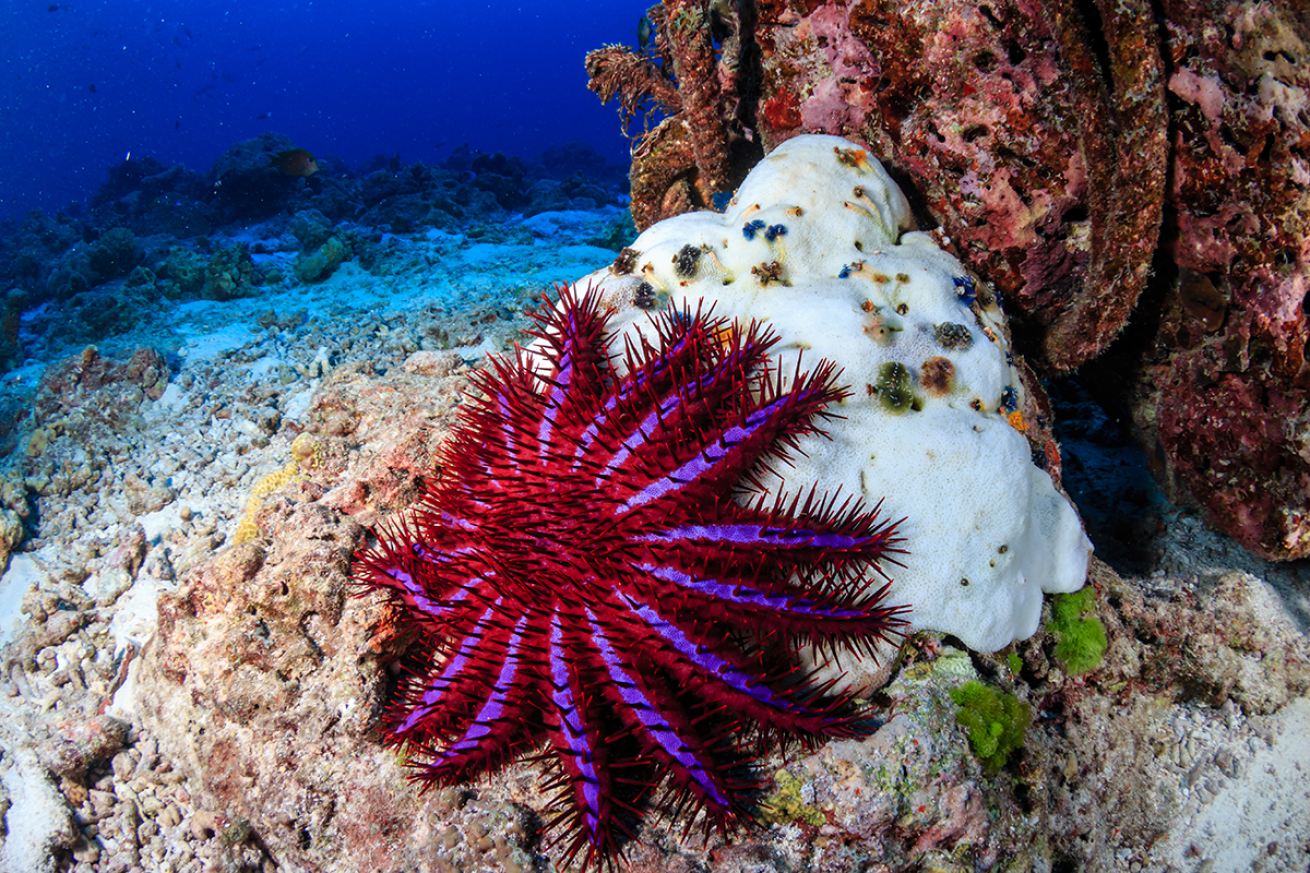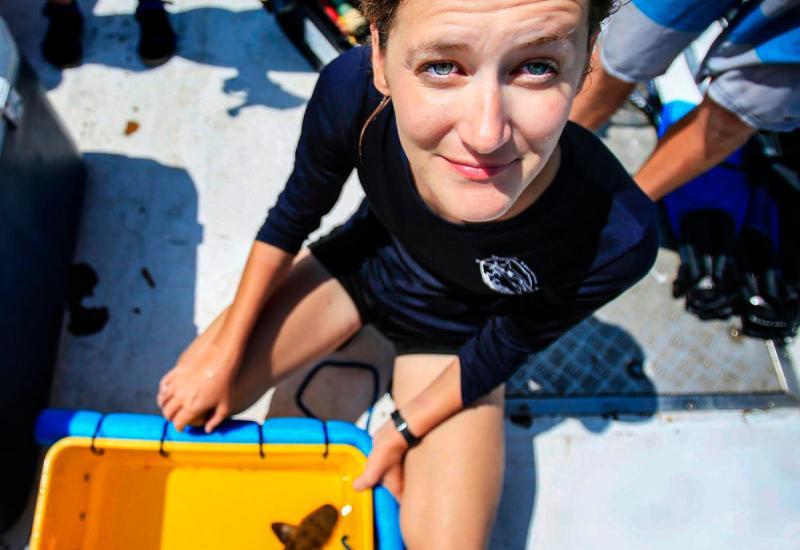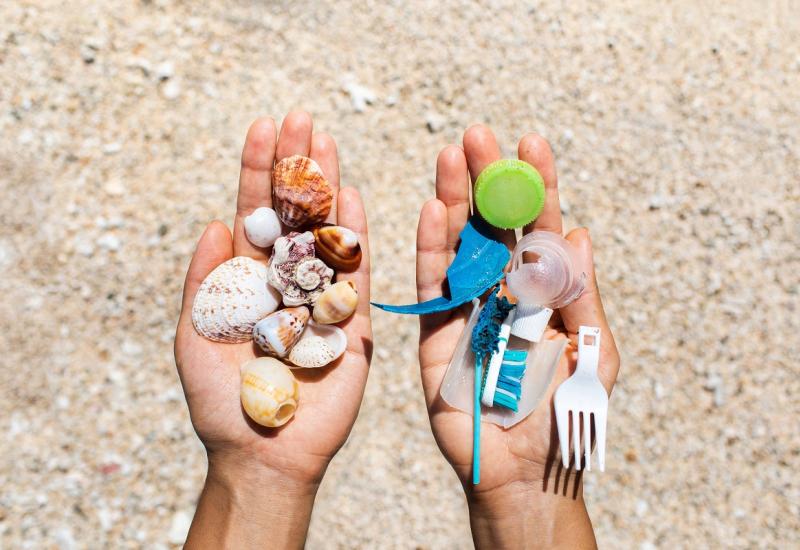How Kitchen Vinegar Is Keeping Sea Star Populations in Check

Shutterstock.com/Richard WhitcombeA population boom of native crown-of-thorns starfish can threaten hard coral colonies.
You might catch more flies with honey, but in you can definitely kill more Crown-of-Thorns Starfish with vinegar.
The spiky, multiarmed creatures are native to the Indo-Pacific region, but environmental factors combined with the flood of nutrients from human-caused runoff in Australia’s Queensland and the Indo-Pacific spurred outbreaks devastating to hard corals. In healthy number, Crown-of-Thorns Starfish (COTS) help control fast-growing species and scavenge the unhealthy or dying, but too many of these coral-eating sea stars leads to long-lasting and devastating effects on the reefs.
After a years-long study of the effects of acetic acid—an ingredient in vinegar—on neighboring reef critters ensured that its application did not have negative effects, small-scale operations sprang to life to combat the problem. When injected with vinegar, the endemic coral-eater will die within 48 hours. By hour 72, nary a wisp of flesh is left behind, thanks to the hearty appetite of fish and invertebrates who don’t mind the taste of a light vinaigrette.
The injection method requires a certain amount of manpower that isn’t feasible for large-scale eradication, but it is simple, cheap and accessible—certainly more manageable than trying to track down ox-bile salts (a different injection option). It also arms small dive shops and organizations with a safe and effective weapon to use in defense of their own local coral reefs.
This is certainly not the first attempt to put up a fight. In 2016, The Queensland University of Technology (QUT) developed a COTS-seeking robot that was unleashed on the Great Barrier Reef, with impressive success. In another initiative, 17 marine tourism operators in the region used COVID-19 relief funds to keep frontline Australians at work, tasking them with culling 1,081 COTS as part of the Great Barrier Reef Marine Park Authority’s Tourism Industry Activation and Reef Protection Initiative.
How You Can Take Action
Get the Eye on the Reef app - This community-based app lets divers report when they witness the presence of COTS, bleaching, coral spawning or pollution through their GPS-enabled cell.
Take the PADI Crown of Thorns Management Specialty Diver course - This PADI specialty course equips divers with background knowledge on COTS outbreaks, and teaches them monitoring methods and injection gun use.










